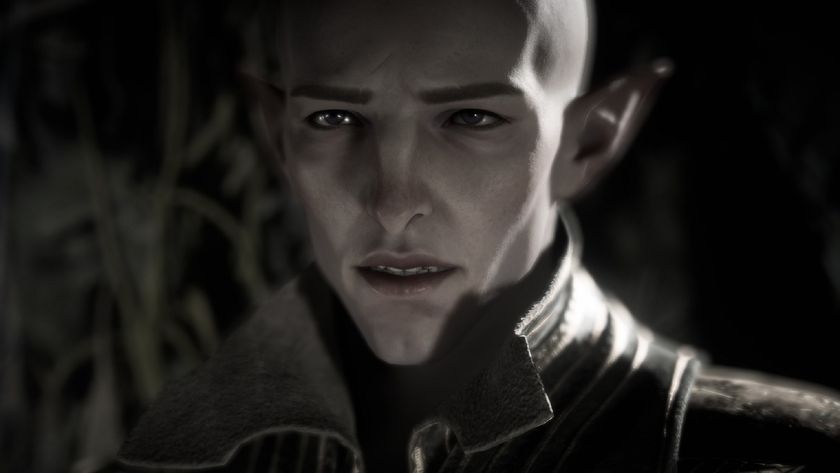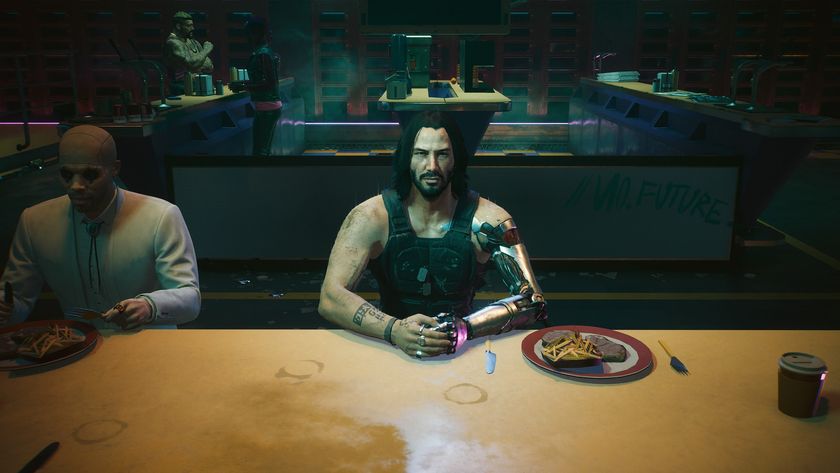Castlevania: Symphony of the Night: How it created the Metroidvania and changed 2D gaming forever
At launch, it was a critical and commercial failure - but we now know it as an icon of video game history
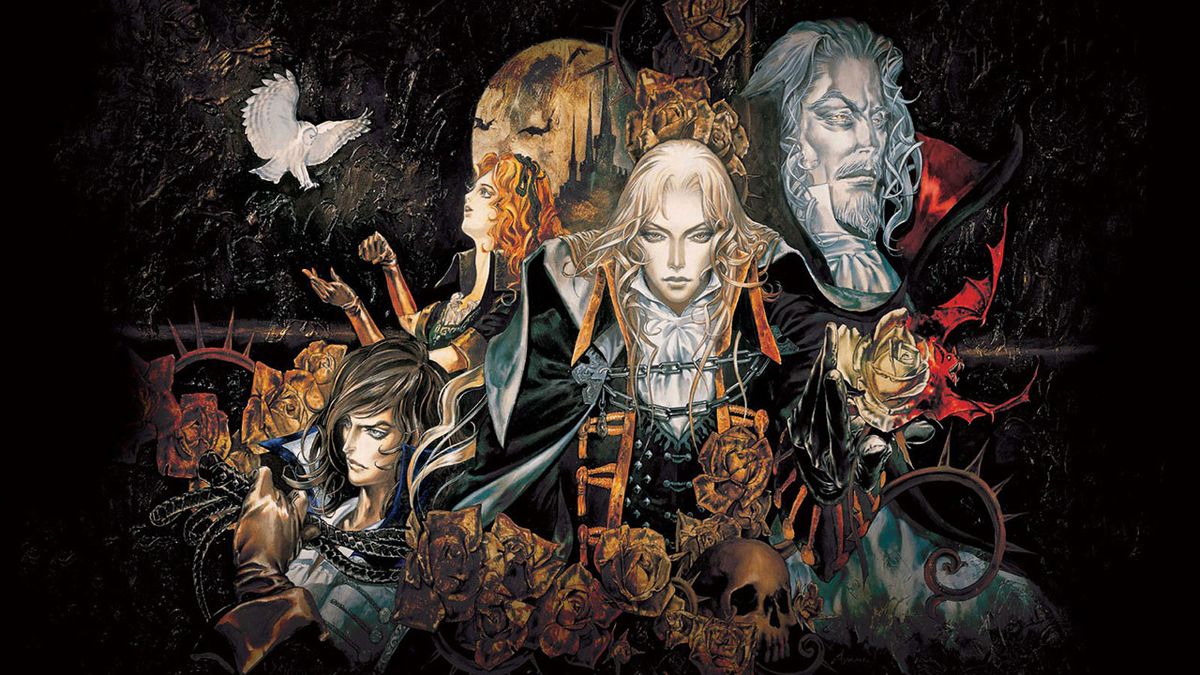
Hindsight being what it is, we can look back now at the launch of Castlevania: Symphony of the Night and see beyond its initial poor sales figures, and the fact that neither Konami or Sony seemed interested in supporting its PlayStation release with much advertising, and see how important and timely its arrival was for the future of gaming. While the industry at large (and most gamers with it) was intoxicated by the allure of 3D graphics and the new technical feats that could be achieved, the KCET team wanted to offer what felt like one last hoorah to the humble pixel art platformer. But, in so doing, it managed to prove that there was still room for creativity and innovation in this field of game design, art direction, and level design.
Directed by Toru Hagihara, who had steered the previous release Rondo of Blood, and joined by assistant director Koji Igarashi (who would go on to work on Castlevania for the next 13 years), Symphony of the Night was a merging of previous systems and mechanics from the Castlevania series, along with ideas from the best and brightest titles of the departing 2D era. One of the most vital changes was the non-linear progression through the castle as you travelled back and forth through different sections of the world, unlocking different abilities and grinding through demons in an effort to level up before tackling the next big challenge.
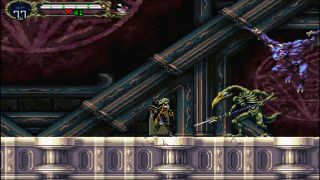
The birth of Metroidvania
Of course, now we have a very simple, if not particularly elegant, word for describing this style of world design: Metroidvania. We're actually not a massive fan of this portmanteau, although we can’t deny that it has proven to be a useful shorthand for games that have since been influenced by Super Metroid and this Castlevania release in particular. Symphony of the Night was, of course, itself taking some of the Super Metroid formula and mixing it with its traditional 2D action template, but the addition of deeper character progression systems and upgrades was something new. The introduction of the Inverted Castle, should you free rather than slay Richter Belmont, was also a massive twist, inviting repeat visits to the game to unlock new features and collect previously missed items. Castlevania became a living game experience that required fans to share their theories and experiment together.
In isolation, many of these features were not that new, which may be why Symphony of the Night was criticised for lacking innovation by some critics upon release, but looking back now, it was the sum total of all of these mechanics together that created a wholly new gaming experience - that was the true innovative spirit of the game. Similarly, while on the surface the 2D graphics might have seemed to be a retread of the past, offering little new compared to its 3D competitors, we can look back now and see that, with the mixture of 16-colour and 256-colour palettes, Konami was able to draw some of the most detailed and expressive characters models in gaming history, and bring life to some stunning world design.
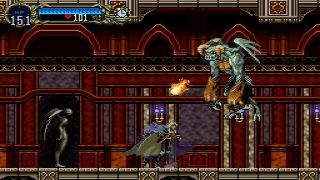
The additional power of the PlayStation, and the Sega Saturn when the game was ported to that system shortly after, may have enabled 3D rendered graphics, but they also allowed for incredible pixel density and variety. Symphony of the Night expresses this best in its world design with the incredible richness and depth of its gothic architecture and interior decoration. Dracula’s castle is packed with details and environmental elements that draw you into the world. Its pixelart, 2D design actually enhances them, as they can play against your expectations, offering interactivity or traps where you might otherwise not expect to find them.
The shift towards 3D gaming
So why is all of that important? Well, because the race towards 3D had started so quickly that few developers were asking if they were done perfecting 2D design. And, of course, the answer was no, as Symphony of the Night proved by improving on so much and pointing in the direction of improvements to come. Sony and Konami didn’t believe much in the game’s chances of success, and so there was little advertising for the North American release, and not many copies made either, but word of mouth spread eventually and the game took on a cult following after release. In so doing, it proved that there was a future for 2D experiences; that it remained a rich style of game design for developers to experiment with, and that there would always be an audience for such games out there.
Castlevania: Symphony of the Night is the connective tissue that bridges the 16- and 32-bit generations, and by extension modern gaming, with classic video game design. Along with Super Metroid, it came to define a style of nonlinear action platforming and exploration games that we now call Metroidvania. It helped to launch the career of Koji Igarashi, who has continued to play in this field, embellishing and enhancing the template first established with this release. It brought us the incredible art direction of Ayami Kojima, who would work on the series until 2010 designing characters and painting its stunning artwork again and again. It showed us that the we weren’t ready to leave our past behind just yet - and thanks to that lesson, we continue to see incredible 2D work today.
Sign up to the 12DOVE Newsletter
Weekly digests, tales from the communities you love, and more
Highly respected within the gaming industry by both publishers and development studios alike, games™ is one of the most esteemed and trusted magazines in the field. The soaring production values and highly knowledgeable team secured four industry awards, and the unflinching and unbiased opinion elevated the magazine’s status to the most trusted in the business. With a dedicated retro gaming section, features that cut through the industry, and the biggest reviews, games™ is one of the most comprehensive video game magazines on the market and the perfect choice for anyone who takes gaming seriously.
Most Popular








